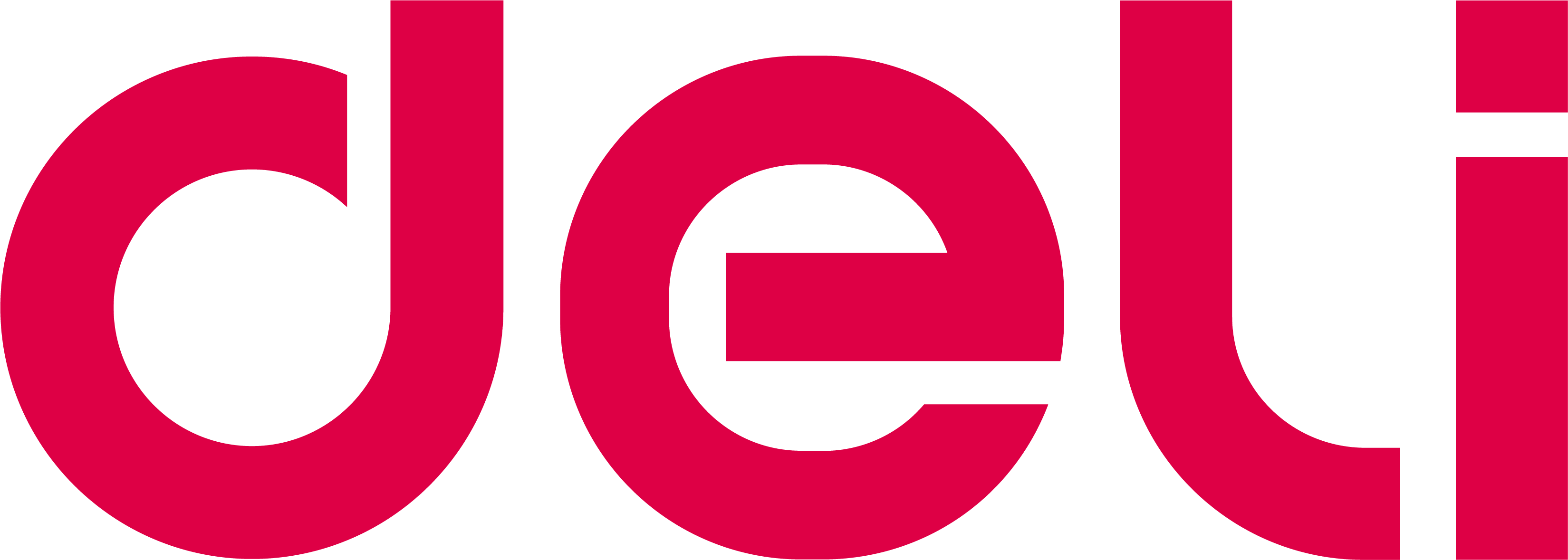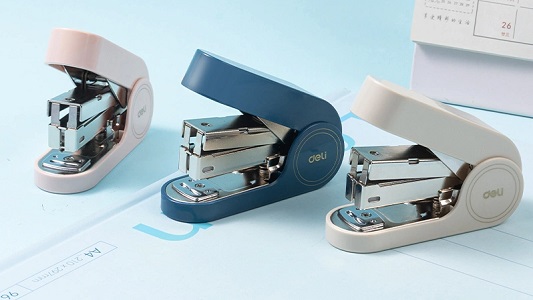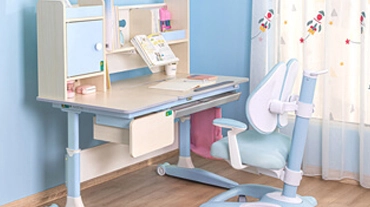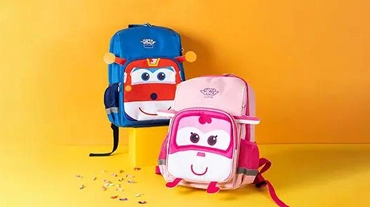In the digital age, where the click of a button can reproduce documents in seconds, it's easy to overlook the analog methods that once revolutionized the way we duplicate information. Copy carbon paper, a humble yet ingenious invention, played a pivotal role in the realms of documentation, creation, and even personal expression. Let's dive into the multifaceted world of copy carbon paper and explore its historical significance, creative applications, and enduring relevance.
The story of copy carbon paper unfolds against the backdrop of the late 19th century when mechanical advancements were reshaping the business landscape. As typewriters gained prominence, the need for efficient replication of documents became evident. This demand gave birth to the concept of copy carbon paper, a thin sheet layered with ink on one side and a waxy substance on the other. When pressure was applied through writing or typing on the top sheet, the ink transferred to the bottom sheet via the waxy layer, creating a copy that replicated the original with impressive accuracy.
While copy carbon paper was a boon for business, its impact extended to creative endeavors as well. Artists, writers, and illustrators found innovative ways to utilize this tool in their work. Writers used it to draft multiple copies of manuscripts, allowing them to send submissions to various publishers simultaneously. Artists harnessed their ability to transfer sketches and drawings onto different surfaces, thus turning concepts into tangible masterpieces. The versatility of copy carbon paper fostered creativity and experimentation across diverse disciplines.
In today's eco-conscious world, the environmental impact of office supplies is a crucial consideration. Interestingly, copy carbon paper possessed an eco-friendly attribute that aligns with contemporary sustainability values. Unlike modern photocopiers that consume electricity and paper, copy-carbon paper requires minimal resources to create duplicates. This simplicity not only saved energy but also reduced the need for excessive paper consumption, making it an unintentionally green tool in an era long before eco-consciousness became mainstream.
In an age dominated by digital replication methods, copying carbon paper might seem obsolete, but its legacy continues to echo through modern innovations. The principle of transferring information through pressure and ink laid the foundation for today's NCR (No Carbon Required) paper, which serves as a contemporary solution for creating multi-part forms without carbon sheets. Furthermore, the resurgence of interest in retro and analog practices has given copy carbon paper a niche status among those who appreciate the tactile and authentic experience it offers.
The journey of copying carbon paper is a testament to human ingenuity and adaptability. From revolutionizing business communication to empowering artistic expression, its impact remains woven into the fabric of history. As we celebrate the conveniences of the digital age, let's not forget the tools that paved the way. The legacy of copy carbon paper is a reminder that innovation can emerge from simplicity, and sometimes, the past holds invaluable lessons for the present and the future.




